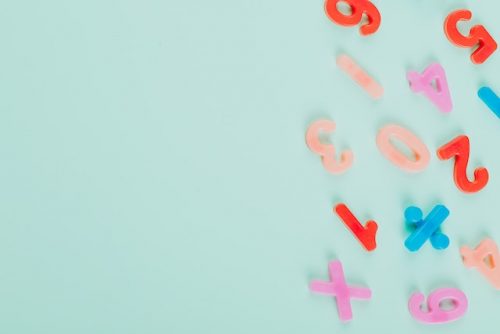Envision expecting to assess the all out cost of the things in your staple container to choose whether to return something. So you round to the closest dollar for every likely buy, utilizing the “round-to-closest” strategy generally showed in school. That prompts you to adjust every thing’s expense up assuming the change segment is no less than 50 pennies and round down if less. This adjusting approach functions admirably for rapidly assessing a complete without a mini-computer. What’s more, it yields similar outcomes when a specific adjusting task is rehashed. For example, adjusting 4.9 to the closest entire number will continuously yield five and adjusting 302 to the closest hundred will constantly yield 300.
Yet, this sort of adjusting can present issues for computations in AI, quantum processing and other specialized applications, says Mantas Mikaitis, a PC researcher at the College in Britain. “Continuously adjusting to closest could present predisposition in calculations,” Mikaitis says. “Suppose your information is some way or another not consistently dispersed or your adjusting blunders are not consistently disseminated. Then, at that point, you could hold adjusting to a specific heading that will then appear in the primary outcome as a mistake or predisposition there.”
An elective method called stochastic adjusting is more qualified for applications where the round-to-closest methodology misses the mark, Mikaitis says. First proposed in 1949 by PC researcher George Elmer Forsythe, stochastic adjusting “is presently encountering a resurgence of interest,” Mikaitis and partners write in the Walk Regal Society Open Science. This method isn’t intended to be finished in your mind. All things being equal, a PC program rounds to a specific number with probabilities that depend on the distance of the genuine estimation from that number. For example, 2.8 has a 80 percent chance of adjusting to three and a 20 percent chance of adjusting to two. That is on the grounds that it is 80% “en route” to three and 20 percent en route to two, Mikaitis makes sense of. On the other hand, 2.5 is similarly liable to be adjusted to a few.
Yet, the course that you round for any case of adjusting is irregular: You can’t anticipate when 2.5 will be gathered together to three and when it will be adjusted down to two, and there’s that 20% opportunity that 2.8 will once in a while be adjusted down to two. By ensuring that adjusting doesn’t generally head down a similar path for a specific number, this interaction helps guard against what’s known as stagnation. That issue “implies that the genuine outcome is developing while the PC’s outcome” isn’t, Mikaitis says. “About losing numerous little estimations amount to a significant misfortune in the end-product.”
Stagnation “is an issue in registering for the most part,” Mikaitis says, however it represents the most serious issues in applications, for example, AI that frequently include adding loads of values, with a portion of those being a lot bigger than others. With the round-to-closest strategy, this outcomes in stagnation. However, with stochastic adjusting, the possibility gathering together, for instance, in a progression of generally little numbers that are interfered with by a couple of enormous exceptions helps guard against those little qualities continuously overwhelming the adjusting and pushing it down.
Most PCs aren’t yet prepared to perform genuine stochastic adjusting, Mikaitis notes. The machines need equipment irregular number generators, which are expected to execute the probabilistic choice of what direction to adjust. Notwithstanding, Mikaitis and his partners have concocted a strategy to reproduce stochastic adjusting in these PCs by joining the round-to-closest technique with three different kinds of adjusting. Stochastic adjusting’s requirement for haphazardness makes it especially fit to quantum processing applications. “With quantum registering, you need to gauge an outcome commonly and afterward obtain a typical outcome, since it’s a loud outcome,” Mikaitis says. “You have that irregularity in the outcomes as of now.”

